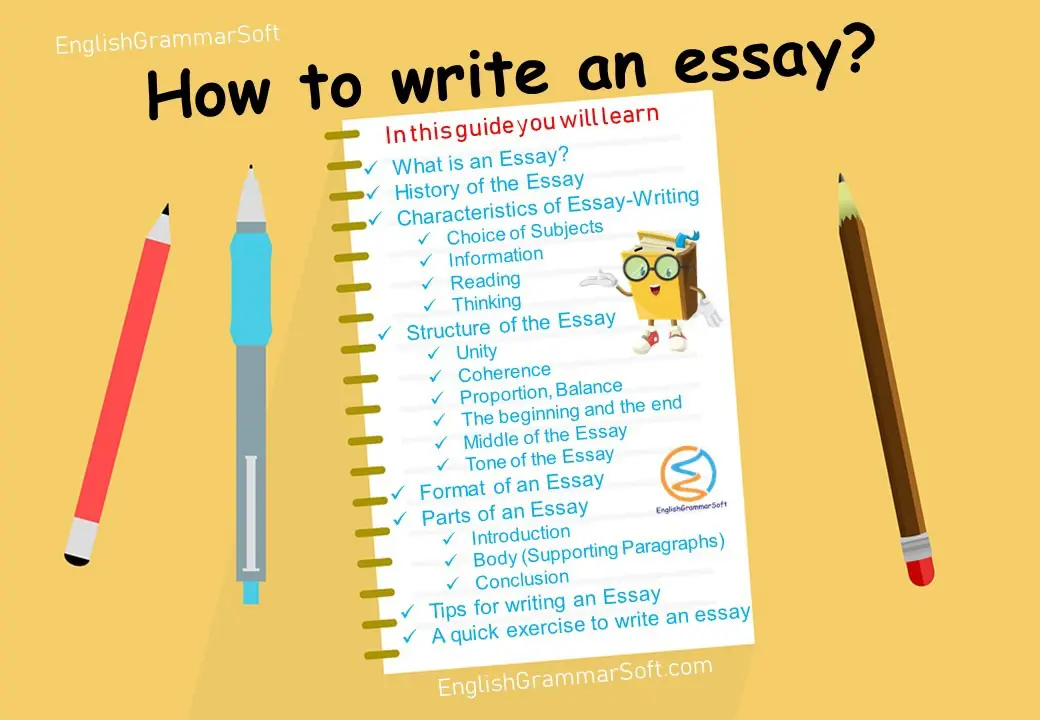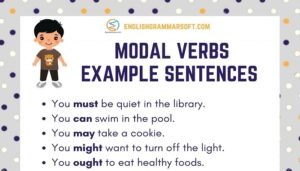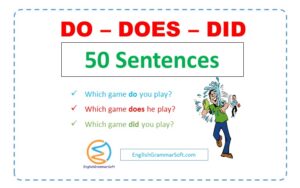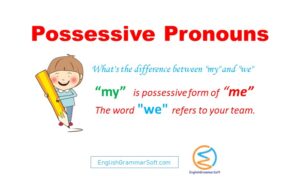How to Write an Essay | Structure of Essay (Comprehensive Guide)
A step by step guide on How to Write an Essay?
How to write an essay?
You will learn in this guide.
- What is an Essay?
- History of the Essay
- Characteristics of Essay-Writing
- Structure of the Essay
- Format of an Essay
- Parts of an Essay
- Tips for writing an Essay
- A quick exercise to write an essay
What is an essay?
The essay is a short literary composition. It states the problem from an individual point of view.
According to Benson the essential point about an essay is not the subject but the charm of personality which pervades the entire essay.
An essay is a focused piece of writing that develops an argument or narrative based on evidence, analysis, and interpretation.
It is light and pleasant in tone. In an essay, the author shares his/her knowledge about a certain topic. Many body paragraphs can also be developed into essays.
History of the essay
In the end of sixteenth century, French Philosopher Montaigne introduced this form of composition and published his first collection of writings in 1580 under the title “Essais” the first use of the word for short prose discussions.
In England, his example was followed by Bacon who adopted a close-packed epigrammatic style to express the fruits of his wisdom and experience.
In attitude and tone, Bacon’s essays are highly utilitarian and practical rather than idealistic.
In the early years of the 18th century, Sir Richard Steele and Joseph Addison created a new art-form of the periodical essay which achieved great popularity because of its gossipy character and informal style and tone. Later, different philosophers contributed in developing this type of composition.
Characteristics of Essay-Writing
A good essay is a work of art, no less than a good poem or a good picture. It is the result of a conscious effort to produce a piece of writing at once elegant, pleasing, and expressive of the individuality of the writer.
This being so, a good essay demands a certain amount of skill in the selection and arrangement of material and precision in the use of words and phrases and the capacity to produce just the right impression, strike just the right note.
- Choice of Subjects
- Information
- Reading
- Thinking
An essay must have unity, treating in an orderly manner of one subject. It should be concisely written and not too long and the style should be simple, direct, and clear; and it should have an individual, or show the personal touch of the writer.
Choice of Subjects in Essay
In this activity, you have to choose one subject on which to write. The choice of subject should be adopted keeping in view the time limit, information about the subject, and command sources of information.
The selection of a subject can be done freely when you have sufficient time in order to widen your knowledge.
Information
The idea to get information can be collected from books, by observation, and by listening and talking to men who know. It relates to the incidents you have seen or heard of and references to books that give useful information.
There is no direct path to which a student can be led to the collection of his material for essay writing.
Reading
Bacon has said that “Reading maketh a full man, conference a ready man and writing an exact man.”
Some books are to be tasted, others to be swallowed and some few to be chewed and digested.
Some books appear dull and tiresome to the beginner but once he has grown familiar with them, he feels that reading them has been a delightful experience.
It is observed that people often avoid reading the full book because it is a time taking activity but if he has the patience to go through these books, in the end, he will feel that it has been an enjoyable study.
For reading, one should not read a book mechanically rather forget his own existence for the time being and live with the author.
The student should mark the passages that strike him for their beauty of thought and expression and read them again and again until he feels that he has imbibed their spirit and meaning.
Thinking
The best method of making a student think is to arouse his curiosity and interest.
He should learn to ask questions about what he has read; disagree with the author if his views are not convincing, point out what can be said on the other side of a question, and endeavor to see that what is printed in a book or a journal is not necessarily the last words that can be said on the subject.
Structure of the Essay
Consider these elements while talking about the structure of the essay.
Unity
There should be unity of design in the essay considered as a whole, as well as, in its parts. The unity is secured by limiting the essay to one subject only.
It is should be kept in mind that all matter irrelevant should be excluded from the main theme. If the title is “the use of modern means in Education”, one should discuss the value of sources helping in getting an education.
One should not be tempted by other attractive aspects of the subject because that will amount to digression for its own sake.
The writer should avoid all irrelevant details, however attractive, which do not fall within the scope of the subject. Irrelevancies sometimes creep in, from not taking sufficient trouble to understand the subject, its exact scope, and implications.
Coherence
The ideas should be joined logically. The arrangement of thoughts should not be confused and incoherent.
The paragraphs of a good essay should succeed one another in logical order, revealing at once your powers of clear thinking and proper arrangement.
It must be remembered that a mere jumble of irrelevant ideas does not make an essay, together.
Proportion, Balance
The amount of space to be given to each topic must depend upon your sense of the relative importance of each. All unnecessary details should be avoided.
If a sub-topic is given the same amount of space as the main topic, the reader will not be able to differentiate the sub-topic from the main topic.
Thus, for instance, when a student is asked to describe the Taj Mahal in three pages, he goes on narrating his journey to Agra over a page and a half, and writes just half a page about the building itself and then fall short of the requisites of a good essay.
It is important that you should divide your essay in such a manner that the various parts you wish to stress due share of emphasis, no more and no less.
The beginning and the end
The beginning and end may be preferable and even necessary, but frequently it may be found desirable to supply the essay with an introductory as well as a concluding paragraph.
An introduction is good which rivets the reader’s attention and suggests to him the general aim of the essay.
The introduction should be short. Some great writers begin their essays by laying down a proposition. For example, in the essay “My College Days” when I look back upon the men and things of my college days and compare them with the college days of those who are now undergraduates, I stand appalled at the contrast.
A good conclusion, on the other hand, represents the climax of your efforts and sets a seal on the essay.
In ending the essay, care must be taken that the end is not clumsy or inartistic. You may end on some quotation.
Some make the last sentence richly suggestive of the whole. Good beginnings and endings are however, by no means, easy.
If they do not strike you at once, you will probably waste a good deal of time cudgeling your brains in search of them.
Middle of the Essay
This is main part of the essay and contains the appropriate facts, illustrations and reflections bearing upon the subject.
Do not attempt to exhaust the subject. Do not try to give all that might be said. Exercise your selective instinct, fix on the topics of outstanding interest, and elaborate them within the limits of time and space allowed.
Tone of the Essay
A good deal depends on the tone of your essay. The essay should have lightness, grace, and an ease of language.
The student should bear in mind that the essay loses much of its charm, if it is full of dull moralizing or is written in a severe and forbidding style.
For example, if the student has to write an essay on the subject “Love thy neighbor as thyself”, he should not treat the subject like a Sunday sermon.
He should find out the lighter side of the subject and point out how sometimes it is physically impossible to love a neighbor — say when one’s neighbor happens to be a confirmed bore or a superlative fool.
The essay should neither be too brief nor too lengthy. If it is too brief it would be an indication of the writer’s paucity of thought. An unreasonably lengthy essay is like to be dull and boring.

Format of an Essay
There is no rigid format of an essay. It is a creative process so it should not be confined within boundaries.
However, there is a basic structure that is generally followed while writing essays. So let us take a look at the general structure of an essay:
- Introduction
- Body
- Conclusion
Parts of an Essay
Introduction
The introduction is the first paragraph that shows the main idea of your essay. It must be interesting for your reader and must say why your topic is important.
First of all, write a thesis. The main idea of the essay is stated in a single sentence called the thesis statement. It provides some background information about your topic.
The introduction usually has three parts:-
- Dramatic Openers
- The transitional sentence
- The thesis statement
Dramatic Openers
Dramatic openers are used to grab your reader’s attention at the beginning of a paragraph or in a report or essay. The dramatic openers are often a short sentence and are placed before the topic sentence e.g.
“What is more valuable than gold?” (Friendship)
Transitional Sentence
Transition sentences are vital devices for essay, papers or other literary compositions.
They improve the connections and transitions between sentences and paragraphs.
They give the text a logical organization and structure e.g. sentences including also, furthermore, similarly, consequently etc.
Thesis statement
The thesis statement is one in the first paragraph that tells the reader the main idea of your essay.
A thesis statement should do these three things:
- It should clearly express what the essay is about.
- It should make a discussible point.
- It should indicate the structure of the essay
“Small cars get better fuel mileage than 4×4 pickup trucks.”
Body of the Essay (Supporting Paragraphs)
The body is the meat of your essay sandwiched between the introduction and the conclusion. So the most vital and important content of the essay will be here.
Supporting paragraphs develop the main idea of your essay. To connect your supporting paragraphs, you should use examples, details, and explanations along with special transition words.
The body is the main crux of your essays. This need not be confined to one paragraph. It can extend to two or more paragraphs according to the content.
Each paragraph in the body of the essay contains the following sentences:
Topic Sentence
This sentence tells the reader what the paragraph is going to be about.
Detail Sentence
Your paragraph can have many detailed sentences including major details and minor details. The detailed sentences tell your reader a little more about your topic. Each detail sentence may include an example or explanation.
Concluding/Transitional Sentence
This sentence wraps up what you have already told the reader and gets them ready for the next paragraph.
Conclusion
This part contains the conclusions and findings. Sometimes a conclusion just mirrors the introductory paragraph but makes sure the words should be different.
A conclusion is also a great place to sum up a story or an argument. You can round up your essay by providing some moral or wrapping up a story.
Make sure you complete your essays with the conclusion, leave no hanging threads.
The concluding paragraph typically has two parts:
The Summary Statement
It is one or two sentences that restate the thesis in a fresh way to reinforce the essay’s main idea.
The Clincher
The clincher is a final thought which should create a lasting impression on the reader. It is also referred to as the close and is your last opportunity to connect with the reader.
Tips for writing an essay
Remember these tips when writing the essay.
- Give your essay an interesting and appropriate title. It will help draw the attention of the reader and arouse their curiosity.
- Keep it between 300-500 words. This is the ideal length.
- Keep your language simple and crisp. Unnecessary, complicated, and difficult words break the flow of the sentence.
- Don not make grammar mistakes, use correct punctuation and spellings. If this is not done it will distract the reader from the content
- Before beginning the essay organize your thought and plot a rough draft. This way you can ensure the story will flow and not be an unorganized mess.
A quick exercise to write an essay
- Select your subject
- Define your subject
- Limit your subject
- Gather material
- Make an outline
- Write first a rough draft
- Revise and write a second draft
- Write a final draft
Further Reading








Great article. Thanks for sharing.
You ought to take part in a contest for one of the greatest websites on the internet.
I’m going to highly recommend this blog!
You have brought up a very excellent details, thanks for the post.